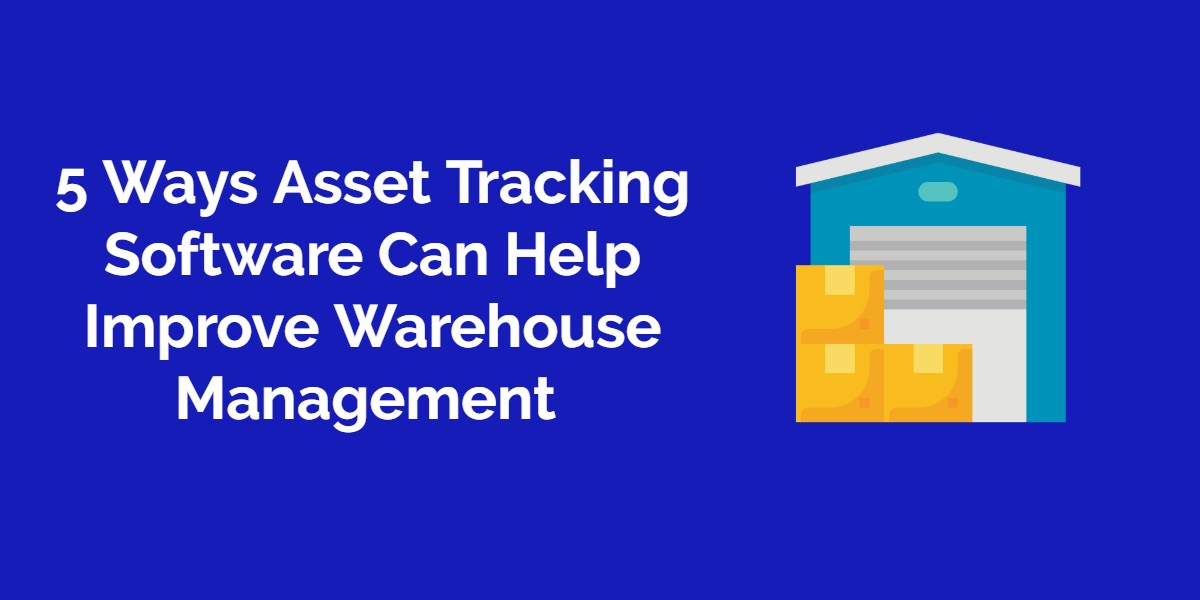Companies using their own equipment for projects need to order, store and ship a wide range of items from their warehouses. An efficient warehouse management system can help optimize your storage space, track the complete lifecycle of inventory, and save you a lot of time and money.
The need for warehouse management automation
As businesses expand in size, their warehouses increase in size and complexity. Managing expanding operations manually can be time consuming and also prone to costly errors. This is one reason warehouse managers are increasingly looking for efficient warehouse management solutions.
According to a recent Statista survey, warehouse automation is a rising trend among multiple industries. The inclination towards automation is mainly due to the high rate of human error in warehouse operations.
Process automation reduces manual load and allows workers to focus on outgoing shipments and delivery targets. An asset tracking software can help automate and optimize warehouse operations to help you meet your goals. Here’s how:

Improved inventory visibility
With items logged and visible on a centralized platform, teams can easily locate inventory items – down to a single shelf. Consider this: A core function of a warehouse includes picking of goods. It all starts when an employee receives a picking list that includes quantities for each product and the location where the item is to be picked up from. A tracking software enables workers to quickly check item availability, reserve, and pick up the products from the allocated warehouse.
With real-time insight into which equipment is available and at what location, equipment is reliably delivered on time for company projects eliminating delays and maximizing productivity.
With real time location tracking, managers can even monitor which items are in transit, en route to delivery or delivered. Having access to timely insights makes warehouse operations much more efficient.
Read more: 4 Ways to Track Assets in Real Time With Mobile Inventory Management for Warehouses
Using an automated system with scanning of items also significantly lowers instances of misplacement, lost, or stolen items.
Equipment lifecycle management and maintenance
A tracking software provides complete lifecycle management of your asset from purchase till retirement. You can add important information including purchase date, model numbers, manufacturer instructions on use and maintenance and more.
Set up a preventive maintenance schedule to ensure equipment is always in top shape and eliminate unplanned downtimes. This ensures your workers are always working with safe equipment and also mitigates unexpected repair costs. If you want, you can mark the equipment in maintenance as unavailable. Assign team members to ensure maintenance work is completed on time and get updates via email alerts.

Reliable receiving and storage practice
A proper receiving and storage practice in a warehouse is key to implementing optimal stock control. In order to eliminate chances of missing items, the receiving process involves a number of steps. First, the business needs to decide how much inventory will be shipped off to the warehouse and what sort of packaging requirements will be used. Accurately labeled parcels make it easier to scan and document the quantities received.
Once the cargo is received, it should be checked in and matched with the original inventory list of everything that was ordered. An inventory tracking system can help automate this process by scanning stock as soon as it is received. The last step is storing away items according to their size, quantity and available warehouse space. Efficient inventory storage in a warehouse leads to reduced dead stock and untimely stockouts.

Insightful analytics
Running regular reports enables warehouse managers to keep a track of the operational efficiency at the facility. These reports give detailed insights about performance and help trace down areas for improvement. The best way to determine which reports are best for your facility is to evaluate your goals and targets. Here are some key metrics that are valuable for warehouse managers:
1. Resource centric reports: An important metric to track for your warehouse is a resource report. Such a report indicates whether you have enough resources at the right places.Commonly these reports include workforce management, suppliers/vendors, cycle counts and other potential constraints.
2. Efficiency measurement reports: These reports mainly focus on the performance of a certain warehouse function. For instance a bulk picking report tells warehouse managers about the orders completed and total time spent in shipping. If the report is not satisfactory, amendments can be made in a timely manner.
3. Inventory reports: Accurate inventory tracking is key for seamless warehouse operations. For this purpose, managers can run stock summary, inventory value and inventory on hand reports.
Read more: 5 Vital Consumable Inventory Reports You Should Run for Your Business
Purchasing and alerts
By automating inventory management, you will be able to more efficiently monitor stock levels to keep a track of inventory present in the warehouse. Forecast demand to avoid outages and avoid purchasing more equipment than you need. You can also set alerts to notify key stakeholders about important developments such as low stock threshold breaches or a calendar-based trigger about maintenance required on a certain piece of equipment.
Successful warehouse management means setting concrete evaluation criteria for business performance over the time. Through this you will be able to analyze whether your operations are suitably efficient or need improvement. Make sure you:
Define facility objectives: Setting down goals and targets enables managers in proper planning and implementation of warehouse functions with optimal resource utilization.
Track warehouse KPIs: Having goals alone won’t do much if you are tracking if they are actually being achieved. Monitoring key metrics on a regular basis will provide a comprehensive snapshot of the current business performance.
About EZOfficeInventory
EZOfficeInventory is a leading asset tracking software. It allows you to track, maintain, and report on inventory from anywhere, at any time. We offer a free 15-day trial – no credit card required!







